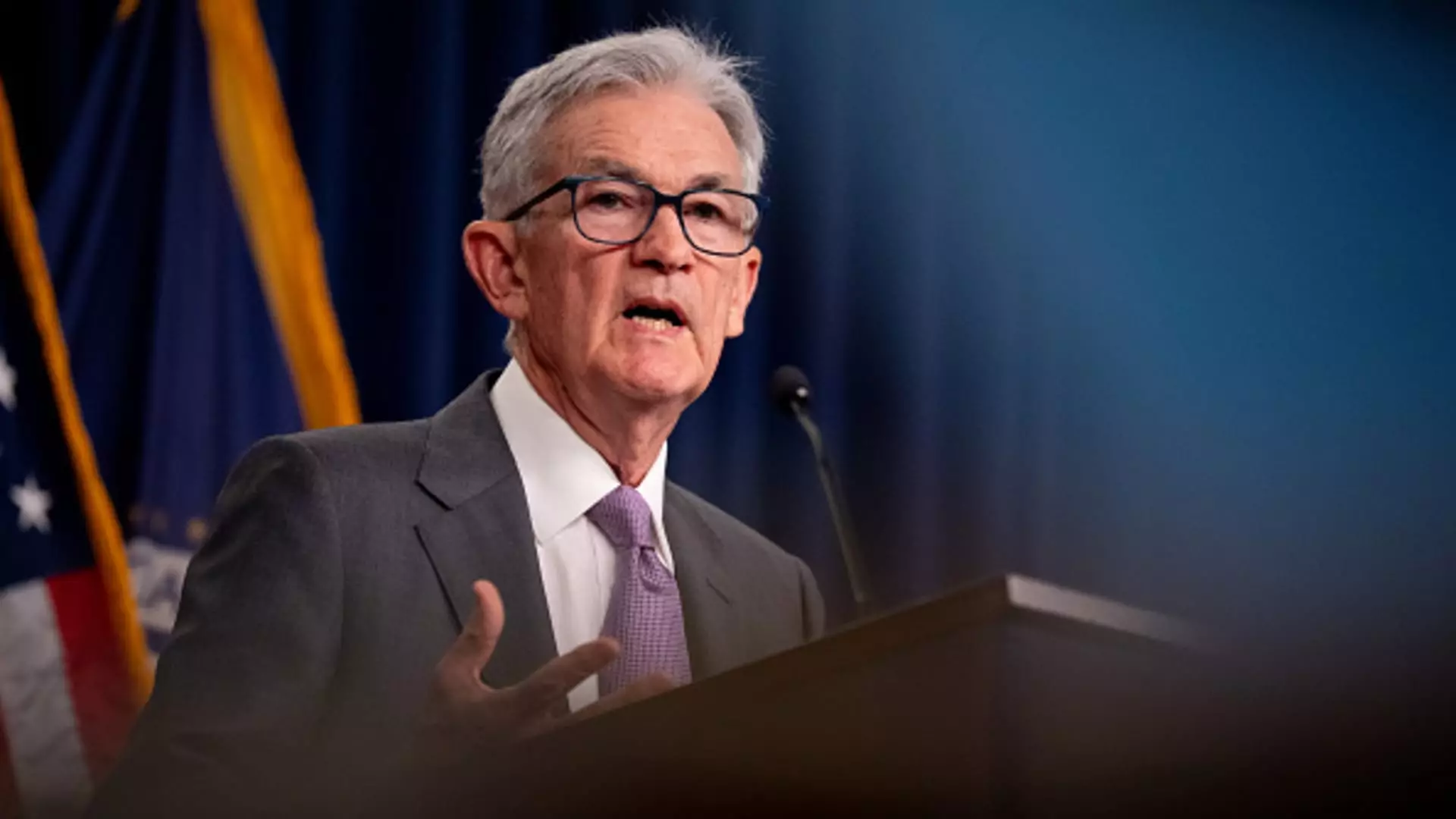With the upcoming meeting of the U.S. Federal Reserve approaching, the debate over the size of the interest rate cut is heating up. Some analysts, like Michael Yoshikami, CEO of Destination Wealth Management, are advocating for a jumbo 50 basis point rate cut. According to Yoshikami, a larger cut would signal the Fed’s readiness to take proactive measures to support job growth without necessarily indicating more profound concerns about a broader economic downturn. This sentiment is echoed by Nobel Prize-winning economist Joseph Stiglitz, who also supports the idea of a half-point interest rate reduction at the next meeting.
Market expectations around the upcoming Fed meeting are quite dynamic. Initially, there was a shift towards expecting a larger rate cut following a disappointing jobs report. However, the sentiment has since settled, with traders currently pricing in a 75% chance of a 25 bps rate reduction and a 25% probability of a 50 bps lowering. This uncertainty reflects the ongoing debate about the appropriate course of action for the Federal Reserve.
Despite the arguments in favor of a 50 basis point rate cut, there are concerns about the potential implications of such a move. Some market watchers, like economist George Lagarias, warn that a larger cut could be very dangerous. Lagarias believes that a 50 bps reduction might send a wrong message to the markets and the economy, potentially creating a self-fulfilling prophecy of urgency and economic instability.
Thanos Papasavvas, founder and chief investment officer of ABP Invest, acknowledges the rise in concern about a possible economic downturn but remains optimistic about the underlying components of the economy. Papasavvas points out that factors like manufacturing and unemployment rates are still resilient, indicating that the U.S. may not be headed for a recession. This perspective contrasts with the more pessimistic views of some economists and market analysts.
The recent market sell-off, which led to significant losses in major indexes, raised questions about the sustainability of the current economic climate. However, Yoshikami argues that the sell-off was driven by the massive profits accumulated the previous month rather than fundamental economic weakness. Furthermore, he highlights that both unemployment and interest rates are at historically low levels, and company earnings have been strong, suggesting that the fears of a recession might be exaggerated.
As the Federal Reserve prepares for its upcoming meeting, the decision over the size of the rate cut remains a contentious issue. While some support a bold 50 basis point reduction to demonstrate proactive intervention, others caution against such a move, fearing unintended consequences. The conflicting perspectives underscore the complexity of managing monetary policy in the face of economic uncertainty. Ultimately, the Federal Reserve’s decision will have far-reaching implications for the financial markets and the broader economy.

Leave a Reply